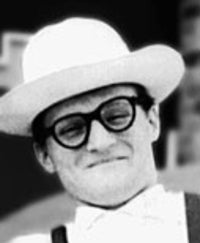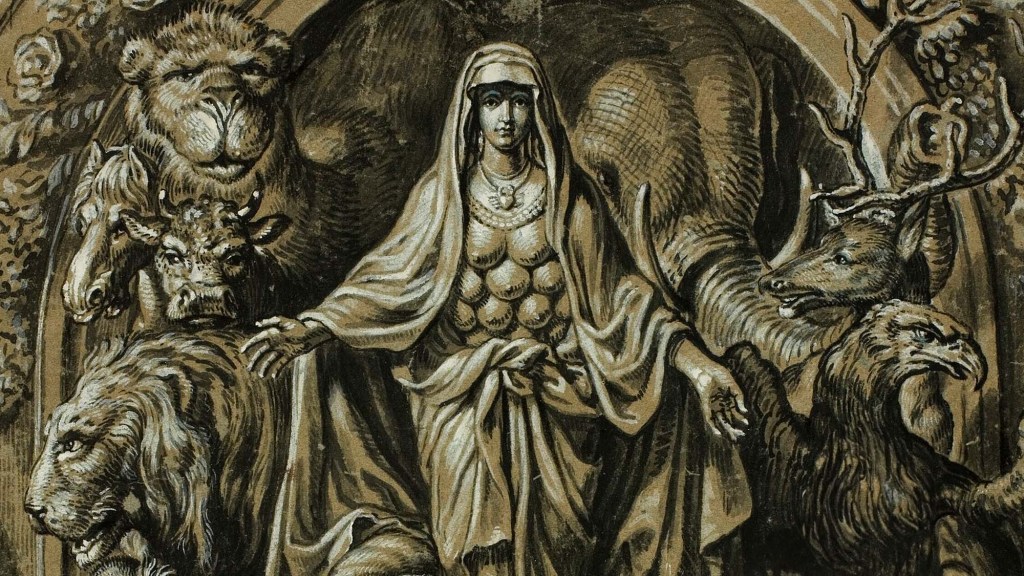Late Monday evening, my vision greatly improved thanks to Doc McGillicuddy’s lancing of my cataracts, I decided I wanted some visual amusement. I fleetingly considered taking in a puppet-show in the estate’s amusement annex, but I quickly recalled my contempt for the churlish impertinence of the little cloth bastards and dismissed the notion.
This led me to think of the electrical motion-image box, which was hidden behind a panel in one of my bed-chamber’s walls. I had only seen it once and did not know how to work it, so I summoned my man-servant Standish.
“Standish, that motion-image box in the wall—does it display amusement demonstrations other than the despised puppet shows?” I queried.
Standish replied in the affirmative, explaining that varied frequencies intercepted by the motion-image device can offer various entertainment selections, similar to the wireless-radio. He began to tell me about whirling electrons and orthicon-tubes and other nonsense, but I cut him short with an abrupt wave.
Standish ignited the motion-image box with the wondrous electrical-current, and in no time, the bed-chamber was illuminated with an eerie, bluish glow that reminded me of the aurora borealis. At first, I had difficulty interpreting the pictures that flashed in rapid succession upon the box’s seeing-lens. Then, I determined that several of the pictures comprised a moving and talking advertisement for medicated powder. When the brand was announced, I recalled how this particular product had once precipitated a terrible break-out of hives on my bottom. Out-raged, I ordered Standish to focus the box upon another frequency.
The next image was of two gentle-men trading jests and japes upon a stage. One was dressed properly in a man’s walking-suit, and the other was bald-headed and garbed only in his under-drawers. Their esoteric tom-foolery was earning the enthusiastic laughter and applause of an invisible audience, but I remained stone-faced and befuddled at their approach toward humor. For example, at no point was there a black-face routine.
Though I failed to be entertained by the electrical motion-image box, I found that, once accustomed to the rapid succession of pictures, I was lulled into a pleasant state of catatonia. It was then I realized it is not necessary to fully comprehend the content of the image-device to enjoy its stuporous effect. Huzzah for the electrical motion-image box!
T. Herman Zweibel, the great grandson of Onion founder Friedrich Siegfried Zweibel, was born in 1868, became editor of The Onion at age 20, and persisted in various editorial posts until his launching into space in 2001. Zweibel’s name became synonymous with American business success in the 20th century. Many consider him the “Father Of American Journalism,” also the title of his well-known 1943 biography, written by Norman Rombauer.







